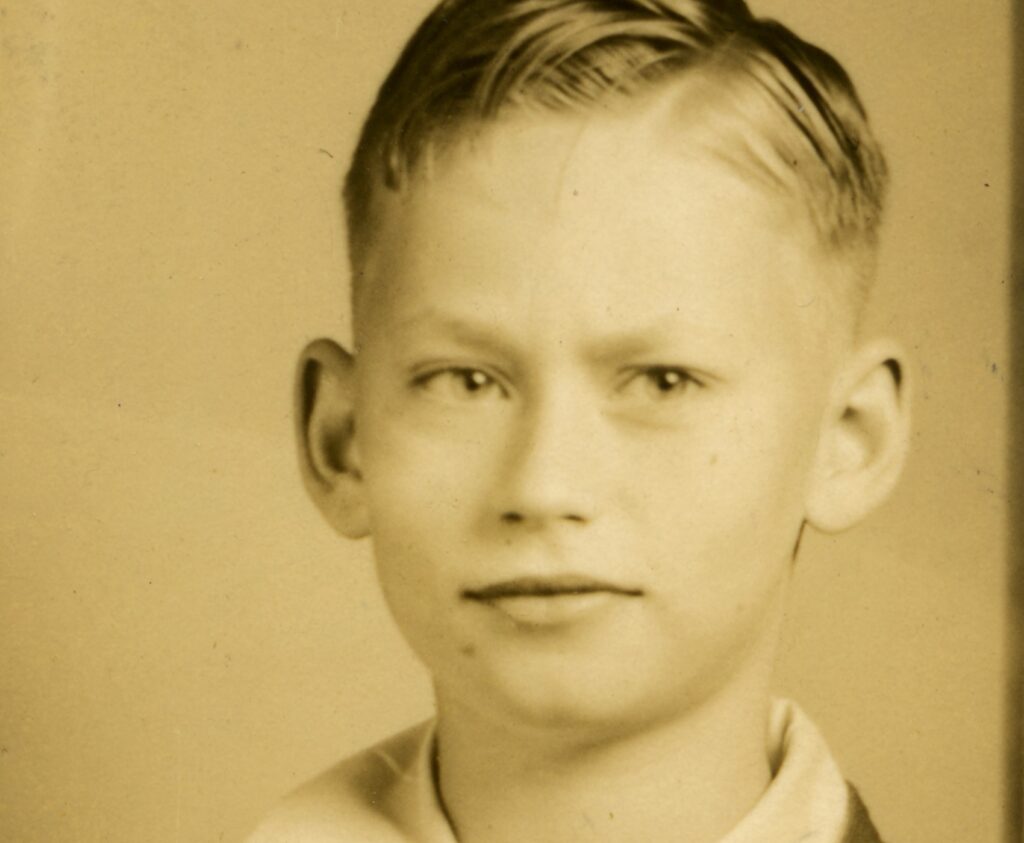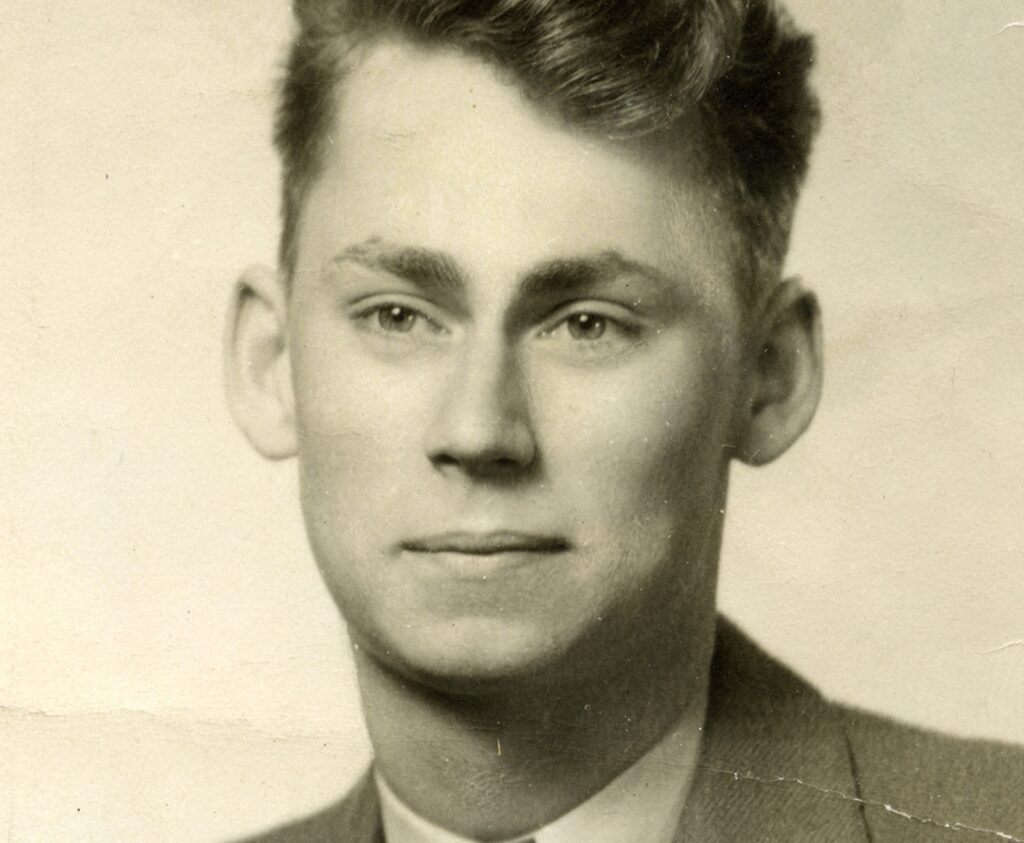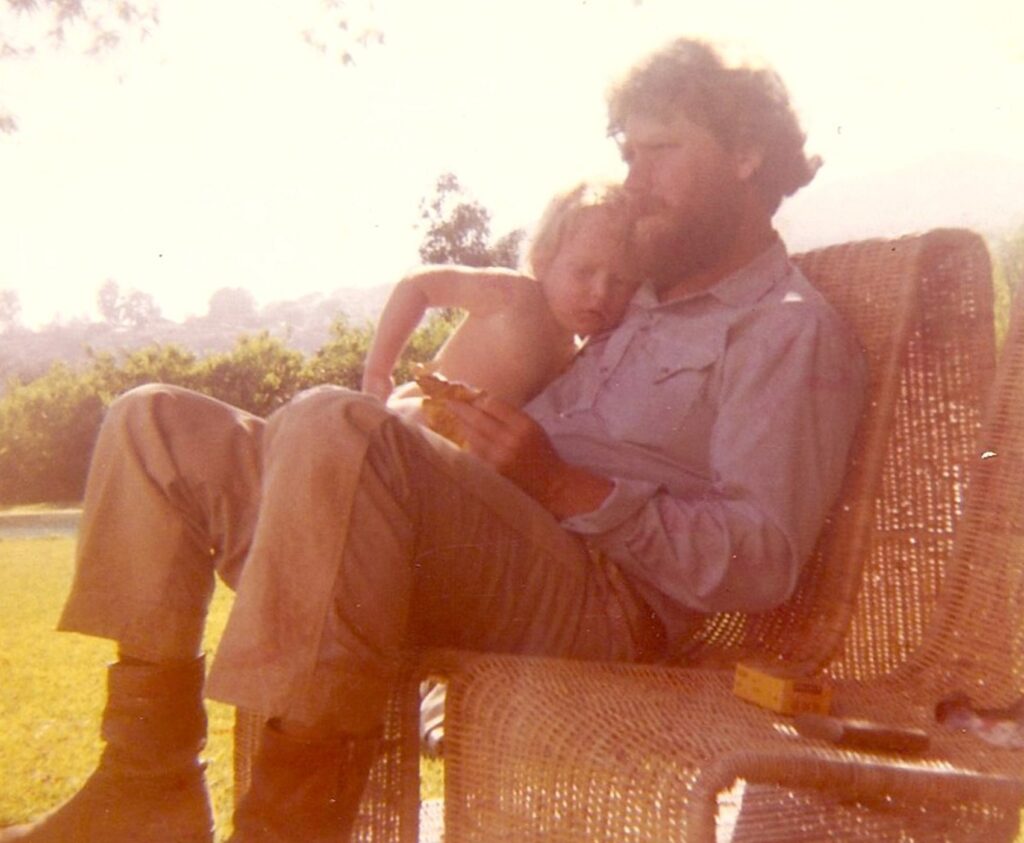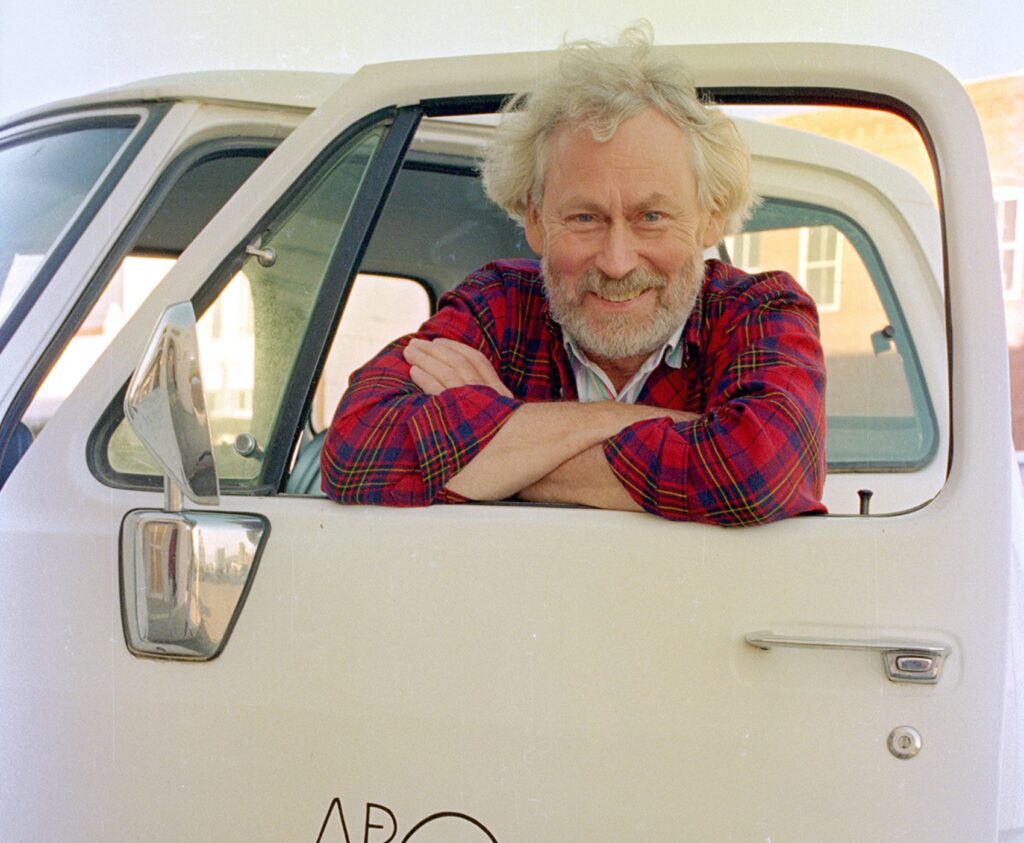Donald Clarence Judd is born on June 3 in Excelsior Springs, Missouri, to Effie (née Cowsert) and Roy Clarence Judd. His mother is a typist before becoming a homemaker, and his father is a manager for Western Union Telegraph Company. Over the next sixteen years, the family moves frequently due to Roy’s work, living in Omaha; Kansas City; Des Moines, Iowa; Dallas; Philadelphia; and Westwood, New Jersey. Judd spends each summer at his grandparents’ farm in Missouri, where he bonds with his maternal grandmother, Iona “Onie” Electra Stapleton Cowsert.
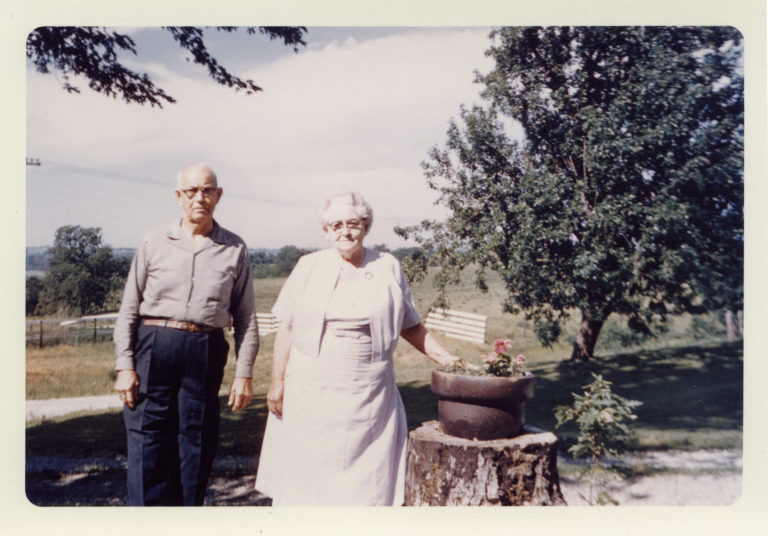
Judd’s sister, Marcia, is born in Omaha.
Judd receives his first formal art training in an art class “with a woman who had a little, very minute school downtown in Omaha. I copied things out of books and did a few watercolors out the window and things like that. . . . All I knew about, really, were various Old Masters . . . from reading The Book of Knowledge or looking through portfolios that the Omaha World Herald put out; it had mostly Old Masters, and Curry and Benton and Jon Corbino. They had a few Americans. It was that sort. I think maybe they had a Matisse and a Picasso. . . . I was very interested in it, except my idea of art was a very archaic one, because all the things reproduced were old European paintings.”

Judd almost fails eighth-grade art class in Philadelphia: “[The teacher] wanted us to do a poster on the war, and I didn’t want to do posters. . . . I didn’t want to deal with the lettering on top of the picture, or something like that. So it was semester-long fight . . . in which I got a D.”
The Judd family moves to Westwood, New Jersey, where Judd completes the last few years of high school. Roberta Smith notes of Judd’s artistic interests during this period, “Throughout his high-school years his drawings were mostly landscapes based on magazine photographs. They were done in pastels whose strong colours he liked.”
Judd graduates from Westwood High School. He immediately enlists in the United States Army to take advantage of the GI Bill, which is soon to expire. This decision allows his parents to fund Marcia’s college education.
In December, Judd sees the American Southwest for the first time while traveling from boot camp in Fort McClellan, Alabama, to San Francisco. En route, he writes his mother a telegram: “DEAR MOM VAN HORN TEXAS. 1260 POPULATION. NICE TOWN BEAUTIFUL COUNTRY MOUNTAINS – LOVE DON 1946 DEC 17 P 5 45.”
For over a year, Judd is stationed in Korea, where he is assigned to the United States Army Corps of Engineers. His company surveys an airport landing strip, and Judd supervises the construction of prefabricated buildings. “This engineering company was almost independent of anything. I was very lucky; I had been badly mistreated by the army for six months, so I was surprised by all this. They asked me what I wanted to do. Of course, drafting seemed the most interesting. . . . We worked with Korean construction companies who did most of the building. I learned what I could so that I could act smart when the officers turned up; they knew even less than I did about it all. I’d try to explain what was getting done. For a long time, I was in charge of installing all of the pipes and boilers and everything else in a big boiler plant.” This practical experience, coupled with the opportunity to study local building design, sparks what will be a lifelong interest in architecture.
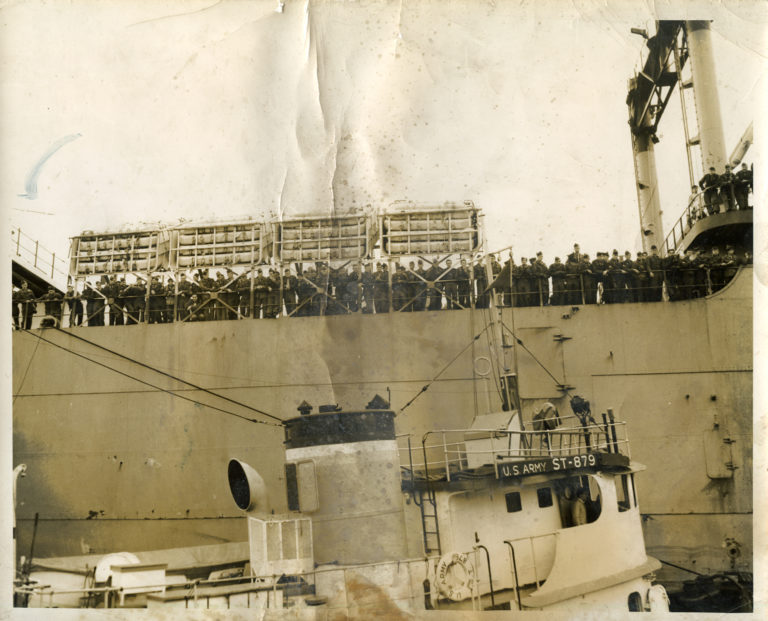
“While I was in the army in 1947, helping to occupy Korea, before going to college,” Judd later writes of this time, “my assignment to myself was to decide between being an architect or an artist, which to me was being a painter. Art was the most likely in the balance, but the decisive weight was that in architecture it was necessary to deal with the clients and the public. This seemed impossible to me, as did the business of a firm.”
Judd returns to Westwood after being honorably discharged from the army on November 20.
On February 1, utilizing the GI Bill, Judd enrolls in a life painting and drawing course taught by artist and muralist Louis Bouché at the Art Students League in New York. He later takes summer courses taught by social realist painter Reginald Marsh and sculptor Burt Johnson.
In September, Judd leaves the Art Students League and attends the College of William and Mary, Williamsburg, Virginia, for two semesters. In his application documents, Judd had written, “Art, particularly painting and drawing, is my main interest. I should like to make Art my future work.”
Judd returns to the Art Students League, where he again studies life drawing and adds classes taught by watercolorist Bernard Klonis, anatomy instructor and curator Robert Beverly Hale, and portrait and landscape painter Louis Bosa. Over the next year, he develops a body of work in gouache and watercolor primarily using muted earth tones and blues.
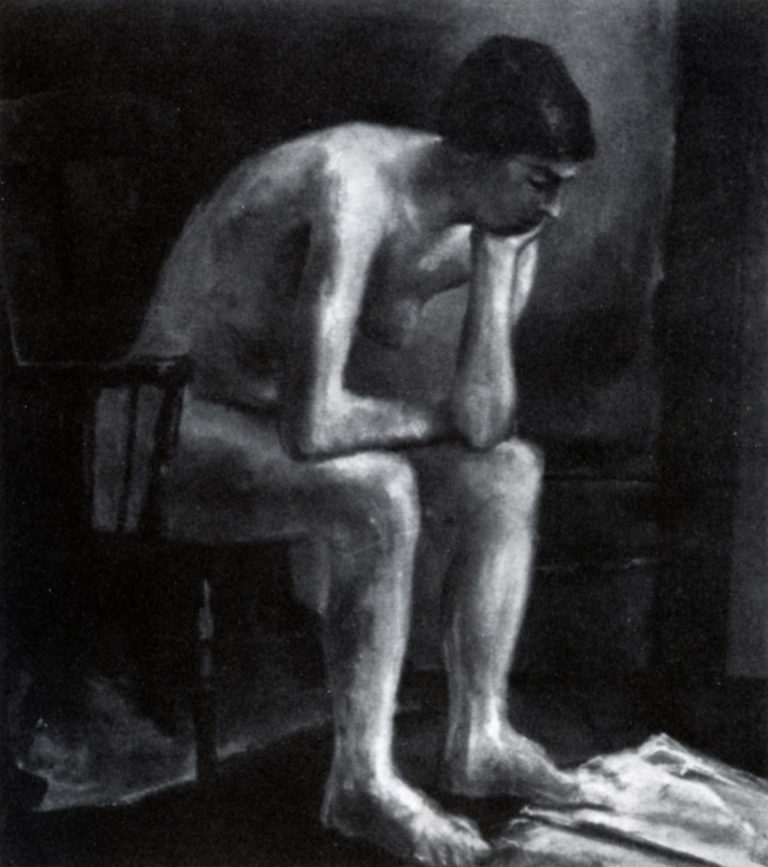
Image: Donald Judd, BOSA A.M., 1952, oil on canvas, reproduced in the Art Students League 1952-1953 catalogue.
“Interview with Lucy R. Lippard and William C. Agee” (April–June 1968), in Donald Judd Interviews, ed. Flavin Judd and Caitlin Murray (New York: Judd Foundation/David Zwirner Books, 2019), 219.
“Interview with Margot Willet” (May 1968), in Donald Judd Interviews, 320.
Roberta Smith, “Donald Judd,” in Donald Judd: Catalogue Raisonné of Paintings, Objects, and Wood-Blocks 1960–1974, ed. Brydon Smith. Exh. cat. (Ottawa: National Gallery of Canada, 1975), 4.
Judd, “Marfa, Texas” (1985), in Donald Judd Writings, ed. Flavin Judd and Caitlin Murray (New York: Judd Foundation/David Zwirner Books, 2016), 425.
“Interview with Lucy R. Lippard and William C. Agee,” in Donald Judd Interviews, 225.
Judd, “Art and Architecture” (1987), in Donald Judd Writings, 491.
Donald Judd Papers, Judd Foundation Archives, Marfa, Texas.
